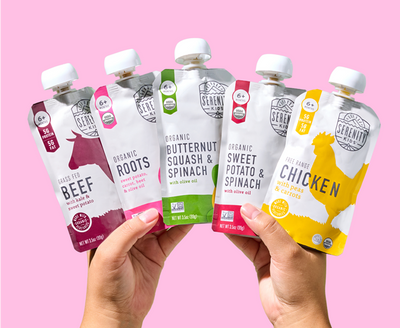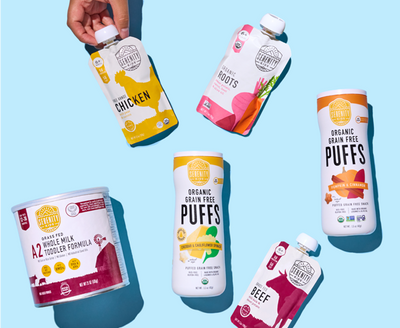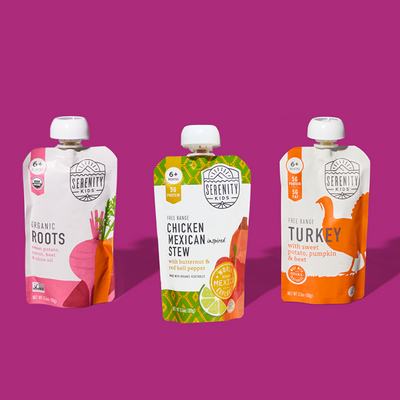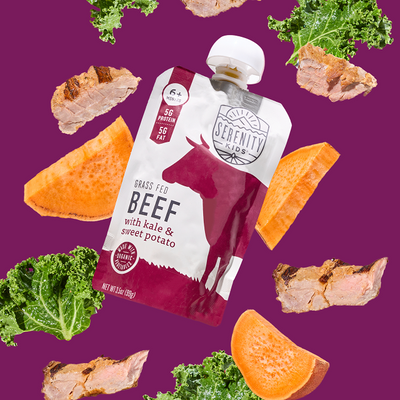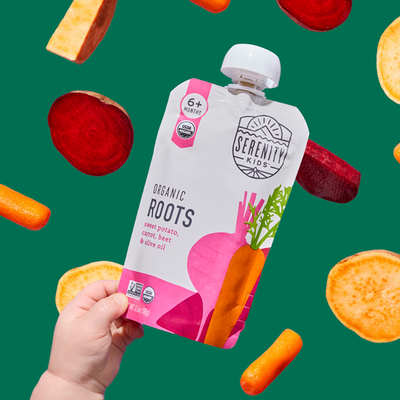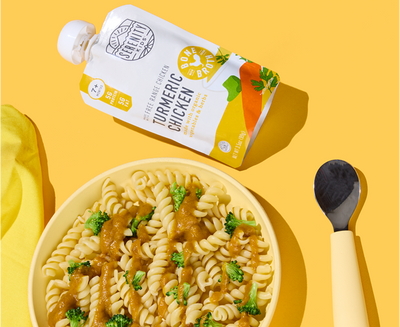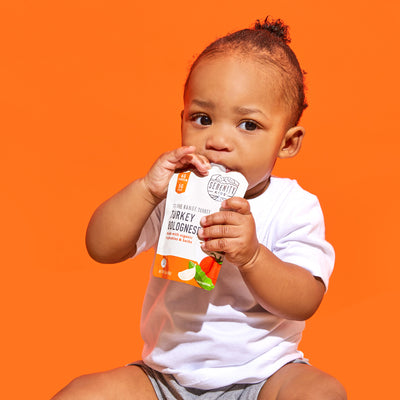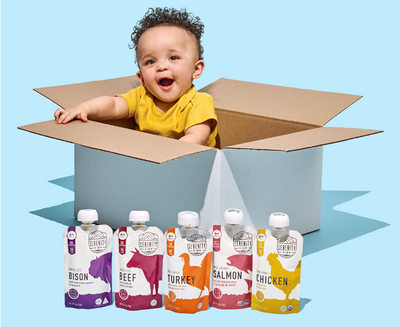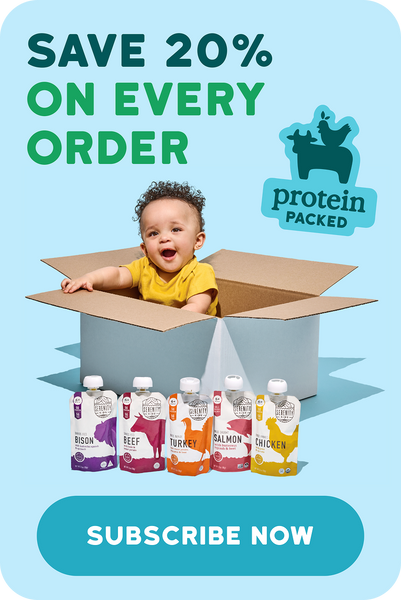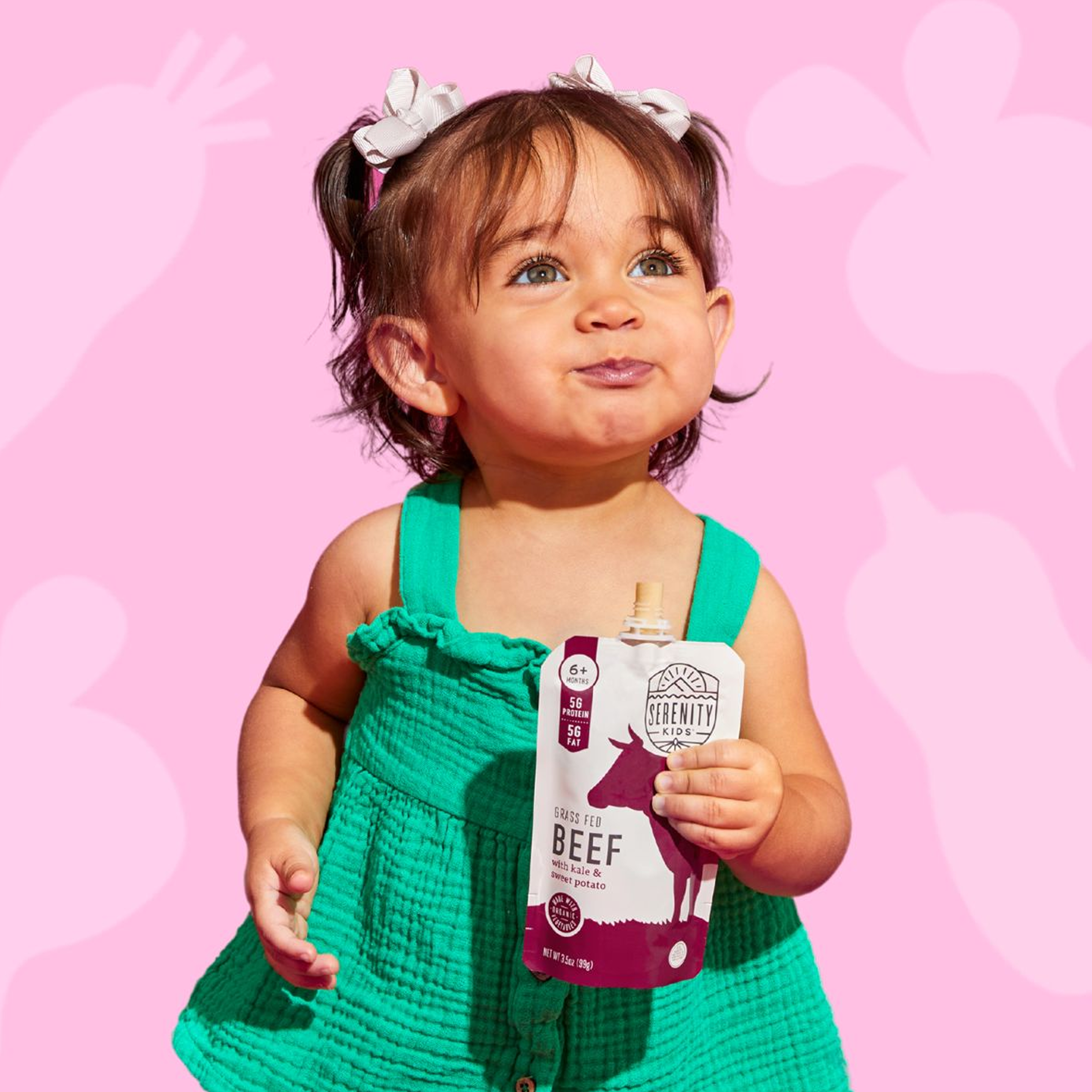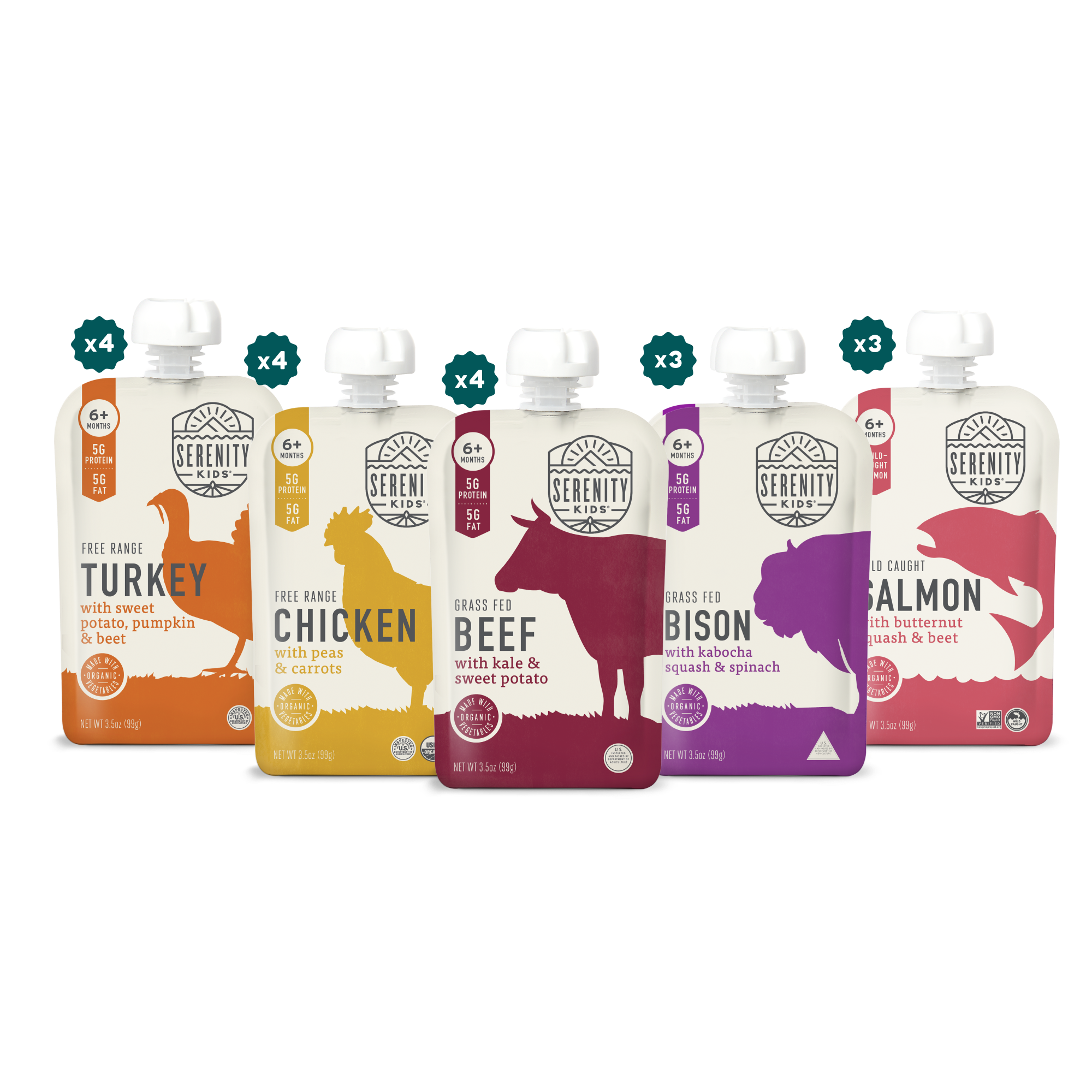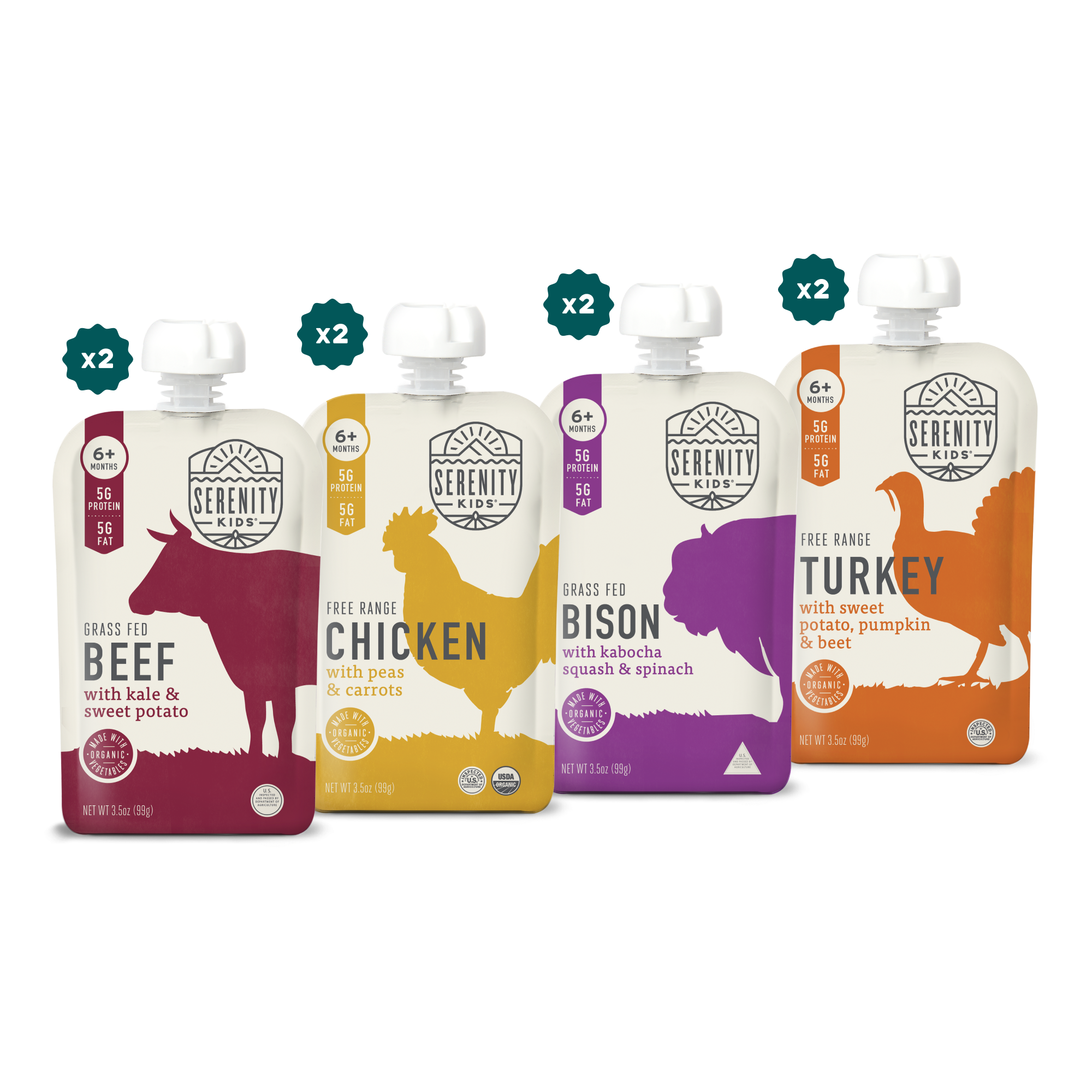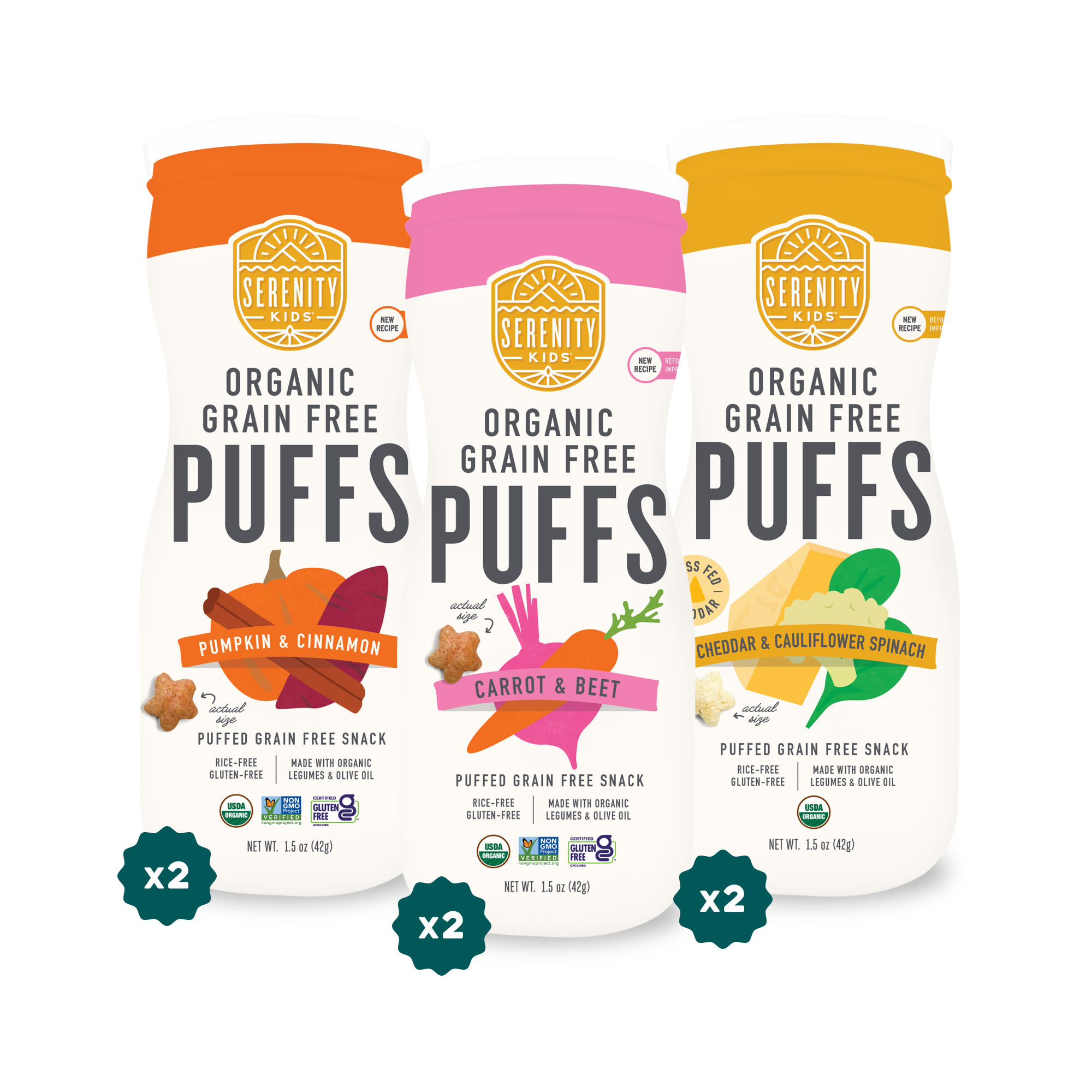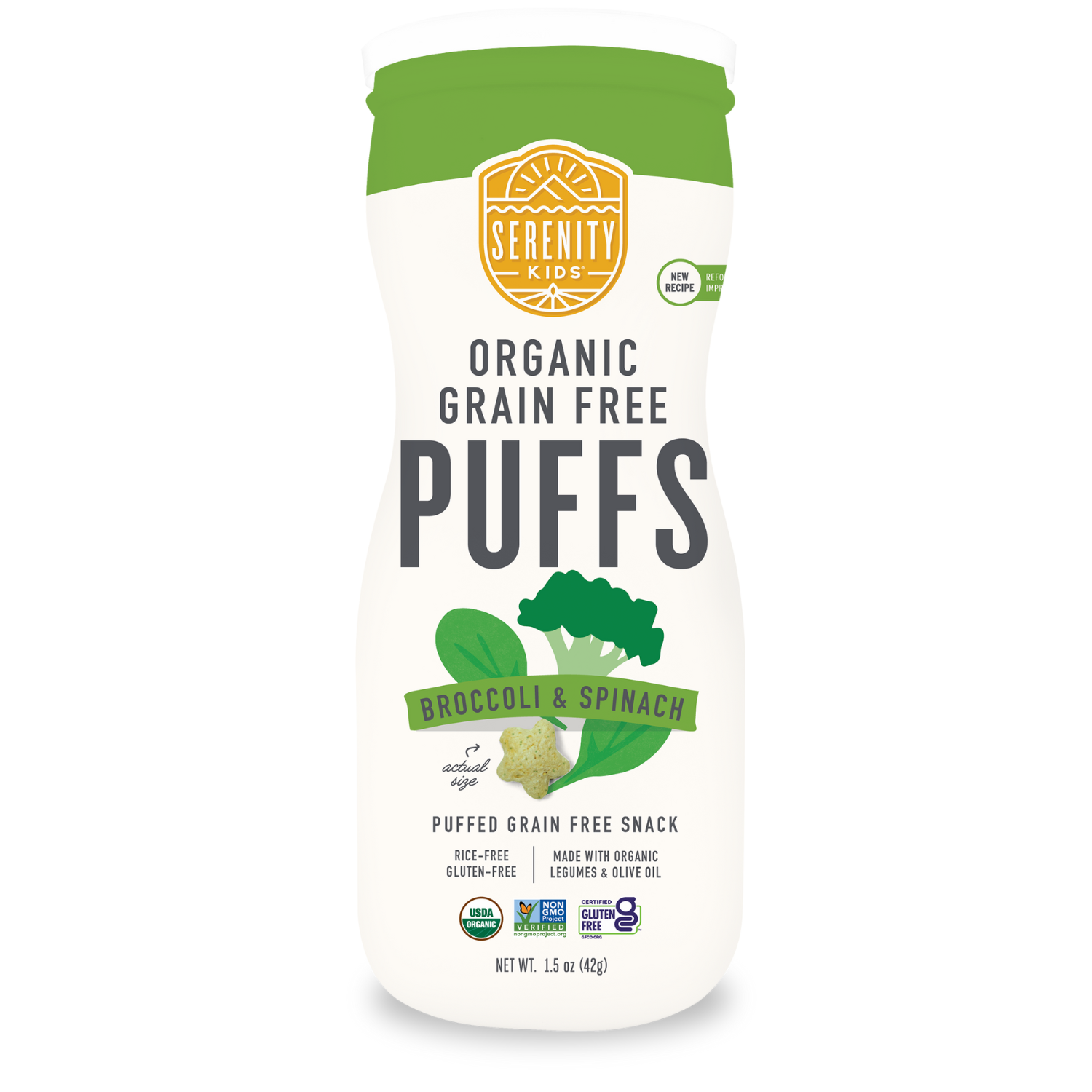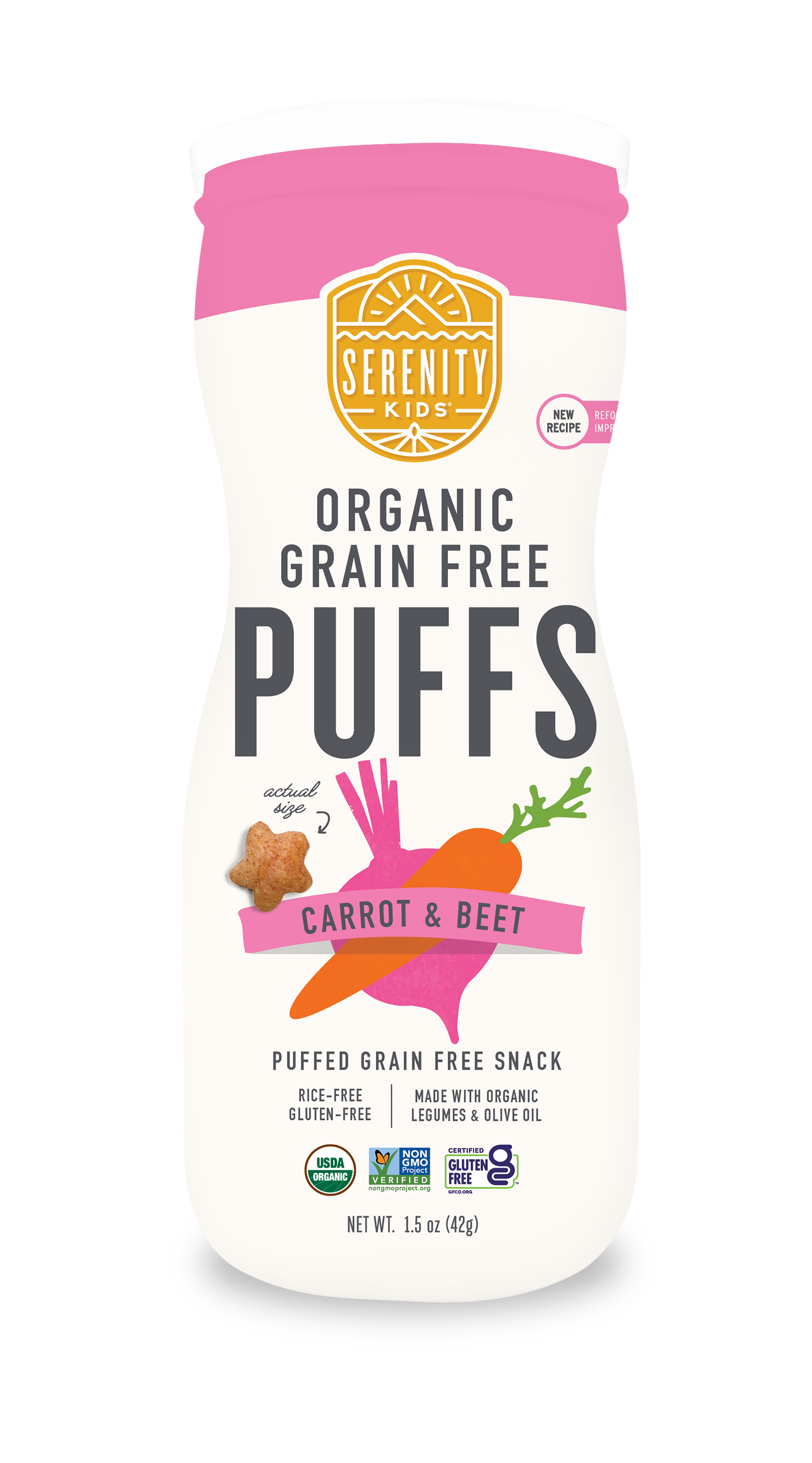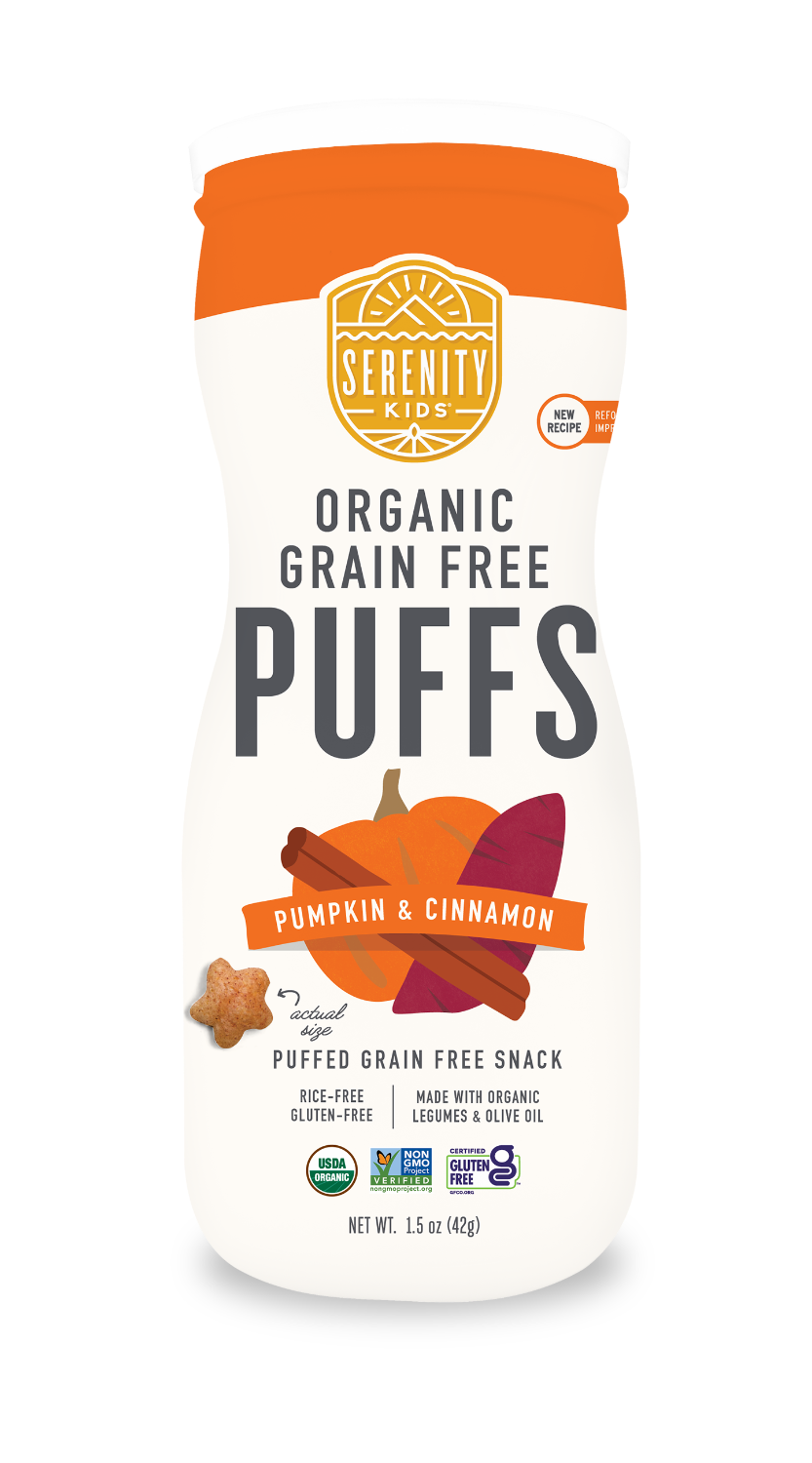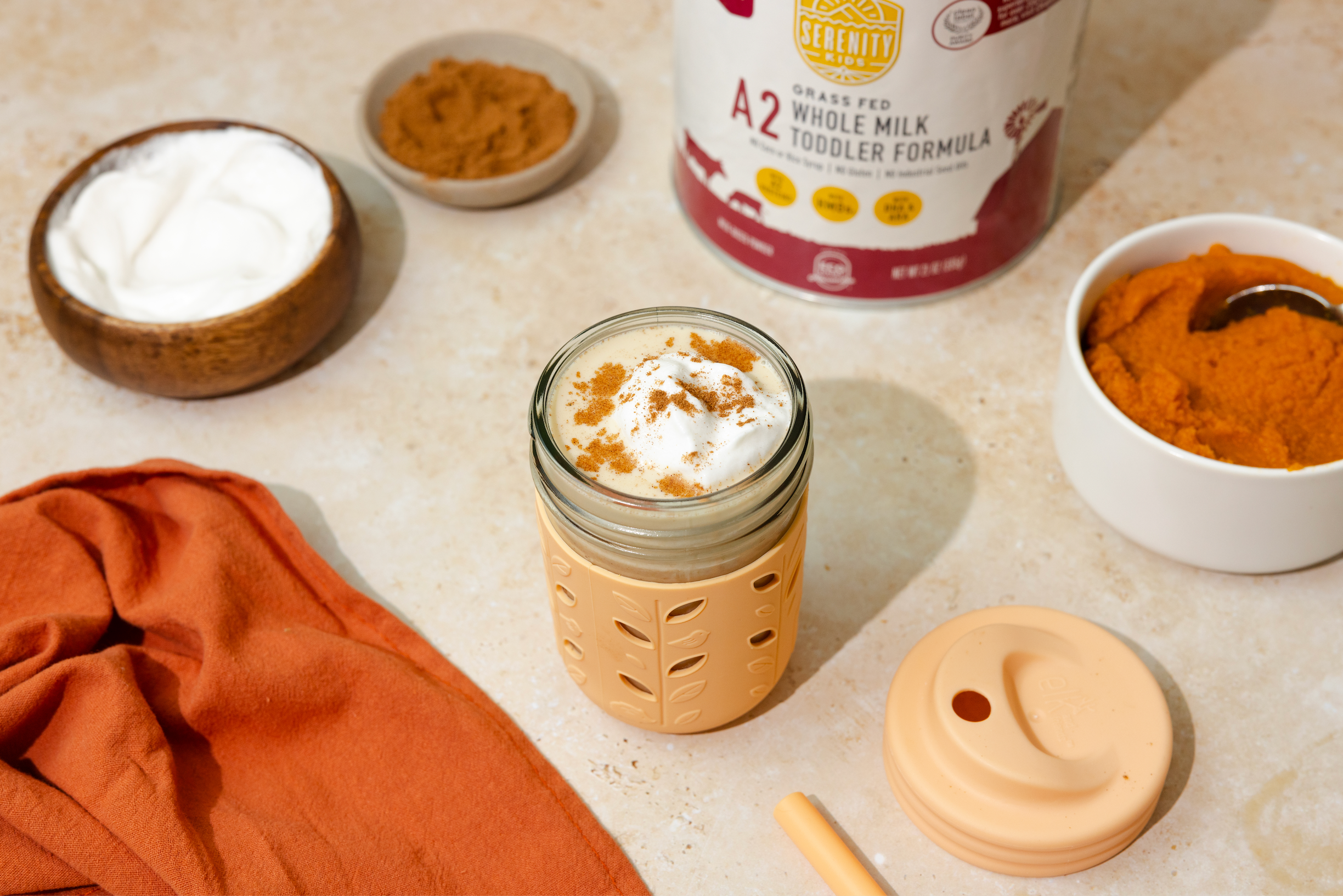Is it okay to mix breast milk and formula? This is a question many parents have as they navigate the complexities of infant feeding. At Serenity Kids, we understand the importance of providing the best possible nutrition for your baby. That’s why we are passionate about offering the highest-quality, organic baby food and A2 milk toddler formula available on the market.
In this post, we’ll explore the benefits of mixing breast milk and formula in the same bottle, discuss when and why you might consider it, and provide practical tips for a smooth transition. Whether you’re exclusively breastfeeding, exclusively formula feeding, or considering a combination of both, we’re here to support you on your parenting journey.
Is Combining Breast Milk and Formula Safe?
The Short Answer: Yes, mixing formula and breast milk is generally safe. There's a common misconception that combining the two can be harmful, but this isn't true. Many parents successfully combine these to meet their baby’s nutritional needs.
Understanding Breastmilk and Formula
Breast milk is often hailed as the ideal food for infants. It’s packed with essential nutrients, antibodies, and live enzymes that support optimal growth and development. Breast milk changes its composition over time to meet your baby's evolving needs. Exclusive breastfeeding is recommended for the first six months of life, and continuing to breastfeed alongside solid foods is beneficial for up to a year or longer. However, the reality is that some parents choose not to breastfeed or are unable to breastfeed for a variety of reasons. That’s where formula comes in.
Formula is a carefully formulated alternative designed to mimic the nutritional content of breast milk. While it doesn't offer the same immunological benefits, it provides essential proteins, carbohydrates, fats, vitamins, and minerals for your baby's growth. Formula is a great substitute when breast milk is not an option.
While infant formula strives to replicate breast milk, there are inherent differences. Breastmilk contains a complex array of components, including antibodies, live enzymes, and hormones, that are difficult to fully replicate in a formula. However, both breast milk and formula provide the foundational nutrients necessary for a baby's healthy development.
At Serenity Kids, our toddler formula is made with A2 milk protein, a gentle alternative to the more common A1 protein. Research suggests that A2 milk may be easier on baby's digestive system.

Reasons to Mix Breast Milk and Formula
Low Milk Supply
It’s common for some moms to experience low milk supply, and that’s okay! Our very own Serenity had low milk supply, which was the inspiration for creating Serenity Kids formula. Mixing breast milk with formula can help ensure your baby is getting all the nutrition they need without any stress.
Returning to Work or School
Balancing work or school with a new baby is a lot to handle. Mixing breast milk with formula can offer the flexibility you need to keep your baby well-fed while managing your busy schedule.
Baby's Weight Gain
If your baby is not gaining weight as expected, supplementing with formula can be a helpful way to ensure they’re getting enough calories and nutrients. Every baby grows at their own pace, but a little extra nutrition can make a big difference in some cases when baby isn’t following their growth curve
Baby's Preference
Some babies may develop a preference for a certain taste or texture. Mixing breast milk with formula can make the transition smoother if your baby seems to enjoy formula or if they’re not getting enough satisfaction from breast milk alone.
Medical Reasons
Certain medical conditions in either the mother or baby might make breastfeeding alone challenging. In such cases, supplementing with formula can help maintain your baby’s health and well-being without compromising on necessary nutrients.
Transitioning to Formula
If you’re planning to switch to formula entirely, mixing it with breast milk can make the transition easier for your baby. It allows them to get used to the new taste and feeding routine gradually.
Consulting with a Healthcare Professional
Before making any changes, it’s important to talk with your healthcare professional. They can provide personalized advice and support, ensuring that both you and your baby are happy and healthy with the feeding choices you make.
Remember, every family's journey is unique. Whether you’re exclusively breastfeeding, formula-feeding, or doing a mixture of both, you’re doing an amazing job providing for your baby.

How to Mix Formula and Breastmilk
To safely combine formula and breastmilk:
- Prepare the formula: Follow the instructions on the can of formula carefully.
- Combine with breastmilk: Once the formula has cooled to body temperature, you can add breastmilk to the bottle.
- Temperature: Ensure the combined mixture is at a comfortable feeding temperature.
Important: Never use breastmilk instead of water when preparing formula. This can lead to an imbalance of nutrients.
Potential Challenges and Considerations
While mixing formula and breastmilk is generally safe, it's essential to be aware of potential challenges:
- Nipple confusion: Some babies might experience difficulty latching due to the different flow rates between breast and bottle.This is typically temporary and may just require trying a few different bottles or nipples.
- Changes in feeding patterns: Your baby's feeding habits might change as you introduce formula.
- Shelf life: A bottle containing both breastmilk and formula has a shorter shelf life than breastmilk alone.
To help with a smooth transition, consider starting with small amounts of formula and gradually increasing it as needed. Also, consult with your pediatrician for personalized guidance.

Benefits of Combining Breastmilk and Formula
Combining breastmilk and formula can offer some advantages for both mother and baby.
- Nutritional Balance: By combining the two, you can provide your baby with a well-rounded nutritional profile. Breastmilk offers essential antibodies and nutrients, while formula complements these with specific vitamins and minerals.
- Supporting Breastfeeding Goals: Supplementing with formula can help maintain your milk supply, especially if you're returning to work or school. It can also alleviate some of the pressure to exclusively breastfeed, reducing stress and promoting bonding.
- Easing the Transition: Whether you're transitioning to formula or back to breastfeeding, gradually introducing the other milk can help your baby adjust more smoothly. It can also prevent abrupt changes in your baby's feeding routine.
Tips for Successful Combination Feeding
- Building a Feeding Schedule: Creating a feeding schedule that works for both you and your baby is essential. Consider factors like your work schedule, baby's hunger cues, and desired breastfeeding frequency.
- Storing and Handling Breastmilk and Formula: Proper storage is crucial to maintain the quality of both breastmilk and formula. Adhere to recommended storage guidelines for each.
- Involving Partners and Caregivers: Ensuring everyone involved in your baby's care understands the feeding plan is important. This helps maintain consistency and reduces confusion.
- How to Monitor Your Baby’s Response: Keep a close eye on your baby's behavior after introducing formula. Look for any signs of discomfort, such as fussiness, gas, or changes in bowel movements. If you notice any adverse reactions, consult your healthcare provider.
Remember, every baby is different, and what works for one may not work for another. Be patient, flexible, and trust your instincts as you navigate combination feeding.
Toddler Formula and the Benefits of A2 Milk
As your child grows into a toddler, their nutritional needs evolve. Toddler formula is designed to support their continued development with a blend of essential nutrients tailored to their growing bodies. Serenity Kids offers a toddler formula that provides a complete and balanced diet. Read our blog post on When Do Babies Stop Drinking Formula for more information on what to expect as your baby grows.
One key ingredient in our toddler powdered formula is A2 milk. Unlike traditional cow's milk, which often contains a mix of A1 and A2 proteins, our formula exclusively uses A2 milk (A1 vs. A2 Milk: What's the Difference?). Research suggests that A2 milk may be easier to digest for some individuals. While more research is needed, many parents report that their children experience improved digestion when consuming A2 milk-based products.
By choosing Serenity Kids toddler formula, you're providing your child with a nutritious foundation for their growing years.

Takeaway
What to feed your baby is an important decision as a parent. Whether you choose to breastfeed exclusively, formula feed exclusively, or combine the two, your goal is to provide your baby with the solid nutrition to support their rapid growth and development.
Mixing formula and breastmilk can be a great option for many families. It offers flexibility, ensures your baby is well-nourished, and can help with the transition between the two. Remember, every baby is unique, so what works for one family might not work for another.
As always, it's essential to consult with your healthcare practitioner for personalized advice on feeding your baby. They can provide guidance based on your child's specific needs and health.
At Serenity Kids, we're committed to supporting you on your parenting journey. Our high-quality, organic baby food and A2 milk formula are designed to complement your baby's nutritional needs. We believe in providing parents with the information and products they need to make informed decisions about their baby's well-being.

